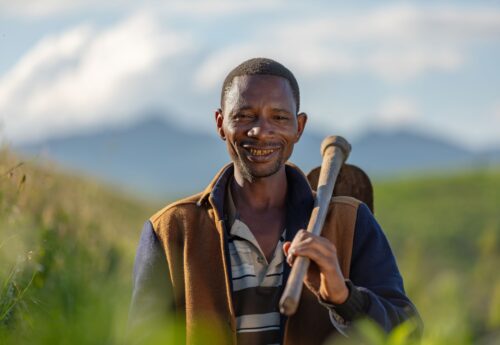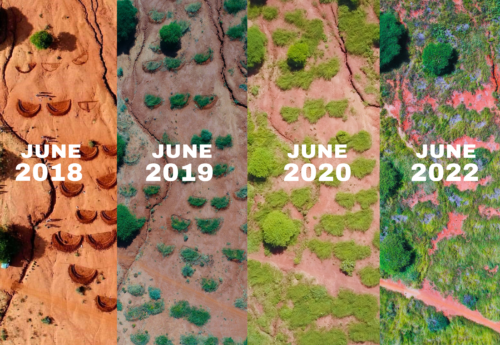FMNR is especially applicable, but not restricted to, the dryland tropics. As well as returning degraded croplands and grazing lands to productivity, it can be used to restore degraded forests, thereby reversing biodiversity loss and reducing vulnerability to climate change. FMNR can also play an important role in maintaining not-yet-degraded landscapes in a productive state, especially when combined with other sustainable land management practices such as conservation agriculture on cropland and holistic management on range lands.
FMNR adapts centuries-old methods of woodland management, called coppicing and pollarding, to produce continuous tree-growth for fuel, building materials, food and fodder without the need for frequent and costly replanting. On farmland, selected trees are trimmed and pruned to maximise growth while promoting optimal growing conditions for annual crops (such as access to water and sunlight). When FMNR trees are integrated into crops and grazing pastures there is an increase in crop yields, soil fertility and organic matter, soil moisture and leaf fodder. There is also a decrease in wind and heat damage, and soil erosion.
































